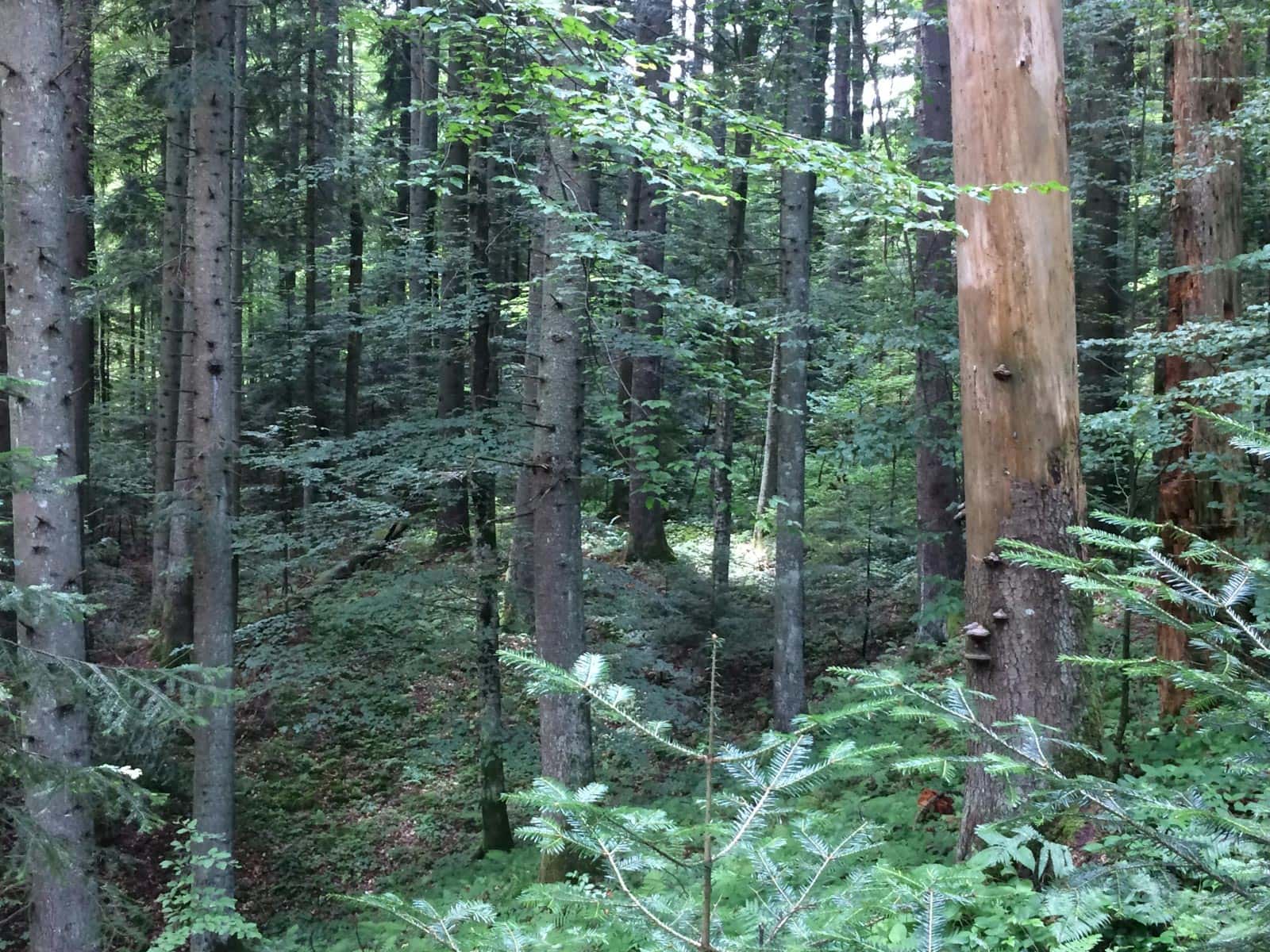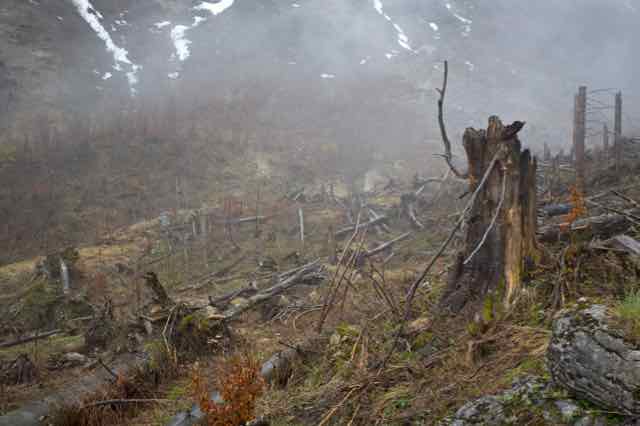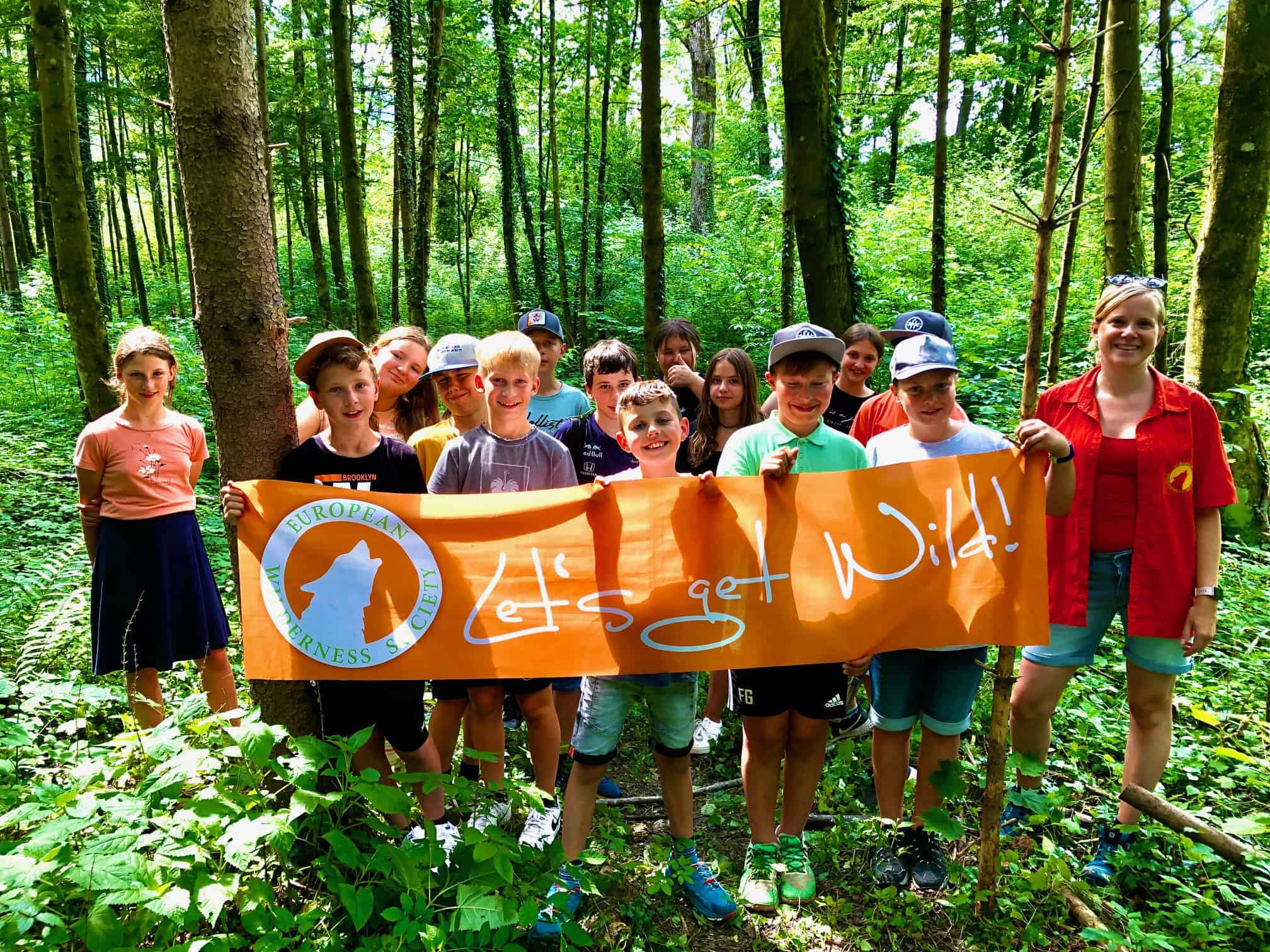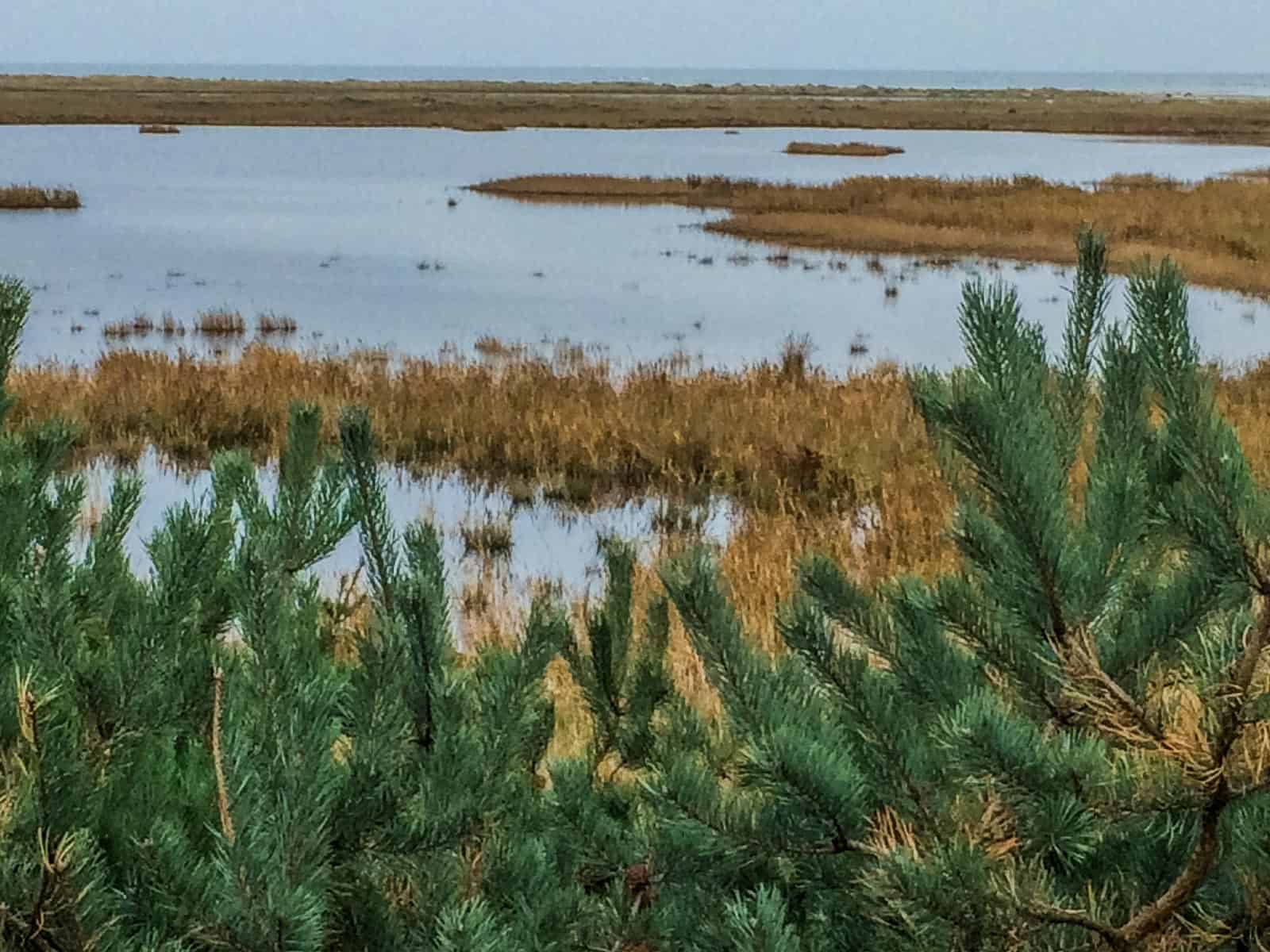Wilderness in Bavarian Forest
Wilderness has been an important topic in the Bavarian Forest National Park for several decades. The park was established in 1970, and since the 1980’s the main management objective aims to protect spontaneous natural processes. This includes the undisturbed dynamics of ecological communities. The result is a unique and exceptionally valuable re-wilded forest.
The long-term objective of the Bavarian Forest National Park is to implement non-intervention management as main management concept on 75% of the park’s territory by 2027. A non-intervention management means that the area has no extractive uses such as forestry, hunting or grazing. Currently, this is the situation in almost 60% of the area. As a result, this comprehensive long-term visionary approach is an example for many Wilderness managers throughout Europe for several decades.
The Bavarian Forest National Park is a transboundary protected area. Together with Sumava National Park in the Czech Republic, it has a potential to create a large un-fragmented piece of Wilderness in Central Europe.
Please read also: Good Forest Means Dead Wood

Conservation Purpose
The Bavarian Forest National Park protects a low mountain forest in Central Europe, and is an excellent example of natural re-wilding without any human impact. We have learnt from experience that the Bavarian Forest National Park is important and unique. Also, there is not any other area with such long spontaneous re-wilding process in Central Europe. Lessons learnt from this area are invaluable. People can experience the forest developing with no human intervention and see the differences with commercial forests. Hereby, the area became a model of the spontaneously re-wilded forest for current and future generations.
A significant part of the previously used forest is developing and growing without human intervention already over the several decades. It is a way how Wilderness is restored in the Bavarian Forest National Park. Natural events such as windfall and snow, together with insects and fungus, are especially relevant factors in the natural development of the forest.
Disturbances and non-intervention management
The main habitats in park are conifer forests, mixed mountain forests of fir, beech and spruce, and wetland spruce forest along the creeks. Furthermore, there are a few remnants of the old-growth forest, which survived the former intensive forest exploitation. The nature in the National Park is left to take its own course. Implementation of this principle is important also in a situation when natural disturbances such as windfall or insects impact the area.
The result of these disturbances in the last decades was the death of the spruce forest, mainly at high elevations. Consequently, these disturbances triggered ongoing controversial discussions amongst the people living around the National Park. That discussion revealed different attitudes and understanding of the Wilderness.

The experience learnt in the Bavarian Forest National Park is very unique, because the natural re-wilding process started already 40 years ago. In addition, the second reason of this uniqueness is an uninterrupted continuity of this re-wilding process. The forest in Bavarian Forest National Park is special in structure, composition and also animal and plant populations. All these aspects clearly differentiated re-wilded and commercial forest. Just this quick summary indicates that the Bavarian Forest National Park is a good candidate to become a member of the European Wilderness Network.











Hi,
absolutely.. and this is too often the challenge in Europe and not unique to Sumava and the Bavarian Forst. Different National wilderness definitions, separate national management bodies, little to no transboundary cooperation, language barriers all are driving our work for a standard European Wilderness Approach recognising different habitats but not different national boundaries.
Dear Mr. Vancoura,
the chance of developing the Bavarian Forest National Park in a “wilderness” can not get discussed seperately from Bohemian Forest (Sumava), as both areas together function as a whole Body – with nearly 1000 km2 of woodland.
Greetings, W. Scherzinger